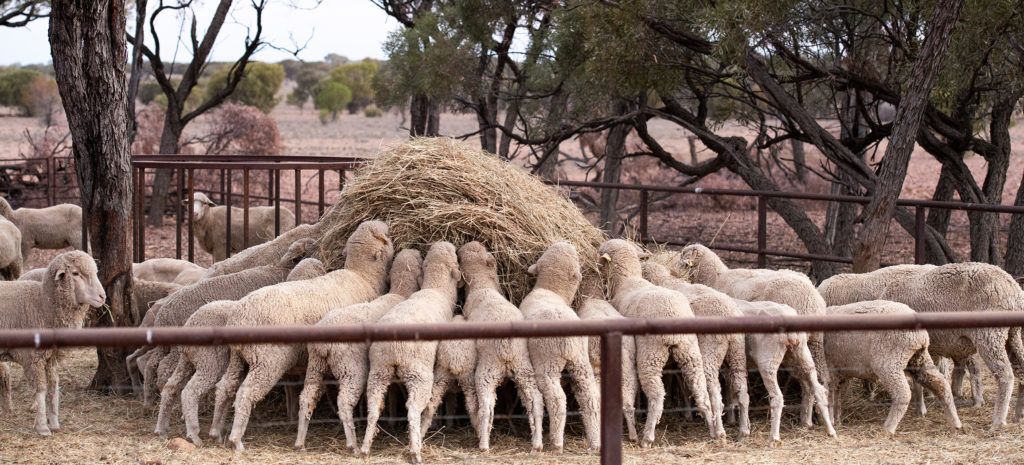As the land turned from parched to desolate at the Kinnons’ Nogo Station, they knew they needed to diversify. Sharing their passion for outback life comes naturally and opening the station gate to tourists was an exciting venture as well as an economic necessity.
“We love sharing the traditional outback life with guests,” Richard Kinnon says.
“Seeing city folk or overseas tourists soaking up the space, stories and insights is a real buzz for us.”
Over the past few years, the family has developed its station experience to be one of the most fascinating signature attractions in outback Queensland.
There have been times during the drought when the sheep stocks at Nogo diminished to just a small flock. Now, with the rain, the animals are back and the potential is great as emerging Chinese demand for fine Australian Merino wool knows no limits.
In the meantime, the Kinnons have created a huge animal reserve on the plains of Nogo Station to give visitors a unique encounter with outback animals including 1500 kangaroos that have taken up residence, hundreds of camels, wild donkeys, wild pigs, brumbies and diverse cattle breeds. Other wildlife, like the eagles, are fly-in, fly-out or a seasonal attraction like the emus and their chicks.
All aboard for an eye-opening experience
Visitors hop aboard a double-decker, open-top bus that has been designed to handle the rough terrain of the station.
First they go on the station ‘water run’ and experience just part of the route the stockmen and women would do in a day, topping up the vital supplies for animals. Then it’s out to the open country where the animals roam naturally against a huge outback landscape and vivid sky.
This is a great photographic opportunity but the Kinnons also share so much insight into farming this land, the problems with feral animals and the delicate ecosystem of native creatures.
Back to sheep
Although Nogo has previously been a mixed cattle and sheep property, the Mitchell grass the cattle need will take more rain than the 2019 falls provided. The good news is that the vegetation that has sprung up is perfect for sheep and there are now 8000 sheep spread between Nogo and the Kinnons’ other property.
With more rain, each property can support 13,000 sheep (or 10,000 with a cattle in the mix).
It’s been a pleasure for the Kinnons to be able to agist sheep from top breeders in southern states who are suffering their own drought.

“It’s very exciting to see all this activity return,” Richard Kinnon says.
“Of course we need more rain to sustain it but we’re feeling more optimistic than we have been for quite a few years.”
Although we may never see a return to the days when 70 percent of Australia’s workforce was in the outback, there is fresh hope for economic prosperity with Chinese buyers ordering wool three to four years ahead. It is said that nowhere produces Merino wool as fine as outback Queensland with its harsh conditions.
Back in the historic shearing sheds, visitors can experience the sights, sounds and smells of the long outback tradition before heading to the homestead for a generous home-baked ‘smoko’.
With today’s tourists looking for authentic, educational experiences the Nogo Station Experience wins over other station tours by taking guests to the heart of real life on a working station. That real life changes daily and weekly as flocks mature, different animals roam the plains and the landscape responds to the seasons.
“This is the real outback. It’s a truly different world. It’s unpredictable and tough on its residents but for us it’s still the ultimate Australian way of life. You have to come and experience it,” Richard Kinnon says.